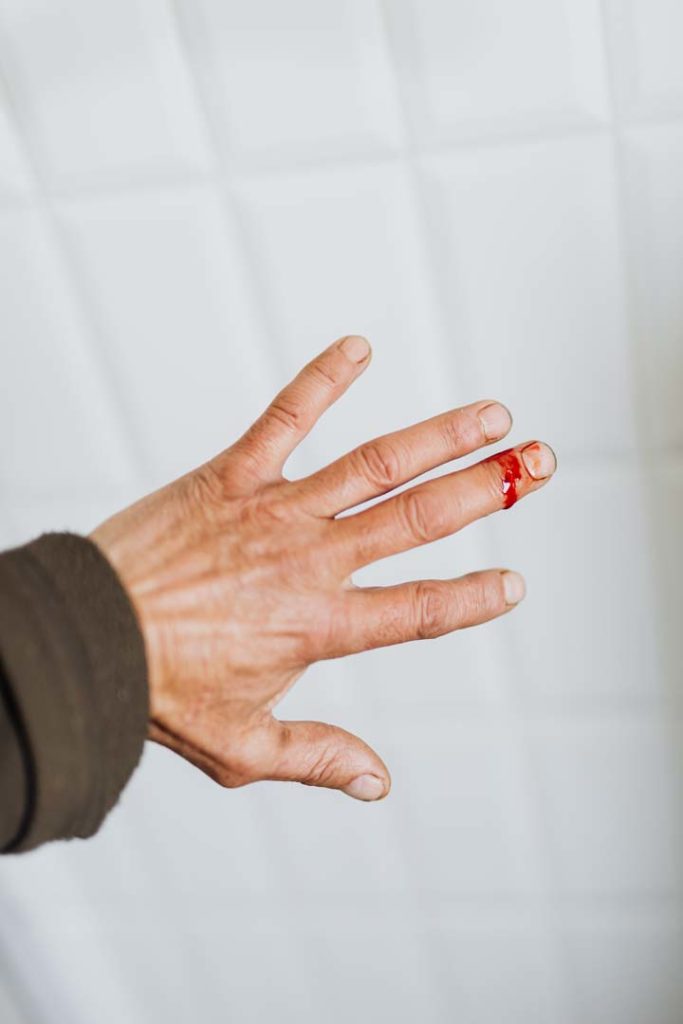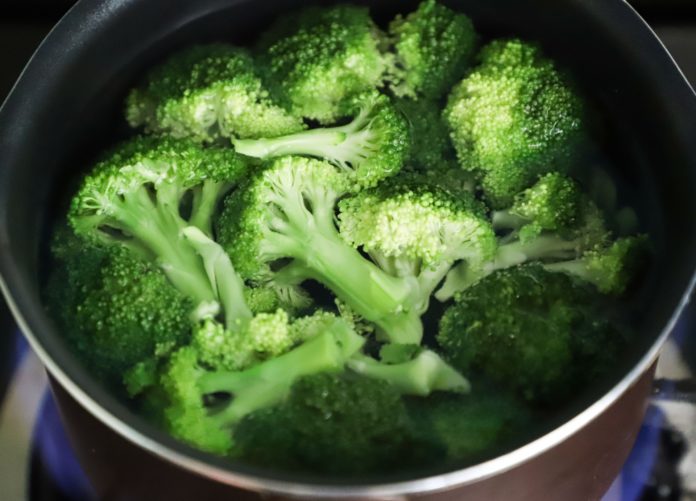Vitamin K is found in a number of foods common to every household such as leafy green vegetables, brussels sprouts, and broccoli. There are several forms of vitamin K such as vitamin K1 phytonadione, and vitamin K2 menaquinone. Both forms vitamin K are widely used however Vitamin K1 is the more widely used form of vitamin K, for it seems to work faster under certain conditions, and it is believed to be less toxic. Vitamin K is a blood thickener and is used by many doctors prior to surgical procedures.

Vitamin K is possibly safe when taken by mouth with the right dosages. Vitamin K1, 10 milligrams daily and vitamin K2, 45 milligrams daily seem to have been safe to use for up to two years. Side effects from taking vitamin K could be an upset stomach or diarrhea. Vitamin K is possibly safe when applied to the skin during pregnancy and breastfeeding even though it seems likely safe you should consult your family physician for the right dosages. For those receiving dialysis Vitamin K can be harmful, once again consult your family physician.
Vitamin K is used to help blood to clot in the body, and this could actually decrease the effectiveness of warfarin (coumadin). It is recommended to have your blood checked regularly if you’re using blood thinners. Consult your doctor for the proper tests.

Vitamin K is often used for people that have weak and brittle bones, for those that have a rare inherited bleeding disorder, and also for reversing the blood thinning effects of warfarin. There is currently not enough scientific information to determine the recommended dietary allowances for taking K. Advise from researchers are used instead as recommended dosages. Those recommended dosages are, for infants up to six months, 2 micrograms; for infants up to 12 months 2.5 micrograms; for children a year old and up to three years 30 micrograms; for children four and up to eight years, 55 micrograms; for children 9 to 13 years 60 micrograms; for adolescents from 14 to 18 years 75 micrograms; for men over 19 years 120 micrograms; For women over 19 years 90 micrograms.
© Copyright – Hector Sectzer

















